人类对于月亮总有特别的情怀,在世界不少国家,都有与月亮有关的节日。
People always hold special feelings for the moon. Many countries in the world celebrate moon-related festivals.
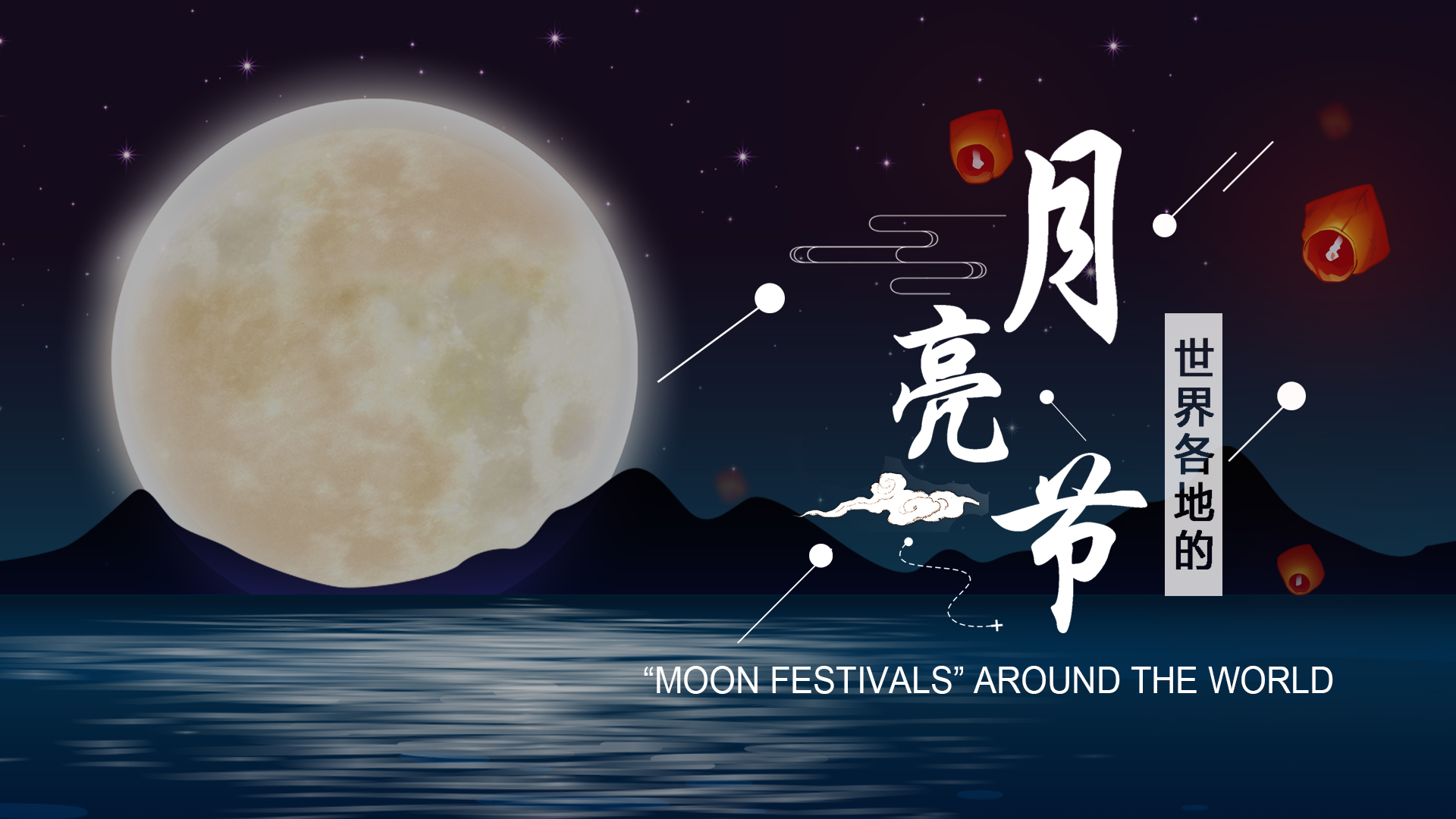
农历八月十五日,是中国传统的中秋佳节。自古以来,中秋便是寄托情感的最佳时节。月饼最初是用来祭奉月神的供品,后来人们逐渐把中秋赏月与品尝月饼,作为家人团圆的一大象征。
The Mid-Autumn Festival in Chinafalls on the fifteenth day of the eighth month of the Chinese lunar calendar. Since ancient times, Mid-Autumn Day has been the best time to express emotions. Mooncakes were originally offerings to the goddess of the moon. Later, eating mooncakes and appreciating the moon are gradually regarded as a symbol of family gatherings.
与中国邻近的几个亚洲国家都在农历八月十五这天过节,但是并非叫中秋节,庆祝节日的方式和美食既有相似也有不同。
Several Asian countries near China share the celebration on this day, only that not all of them call this festival the Mid-Autumn Day. They have various ways to celebrate the festival, and people eat different food on this day.
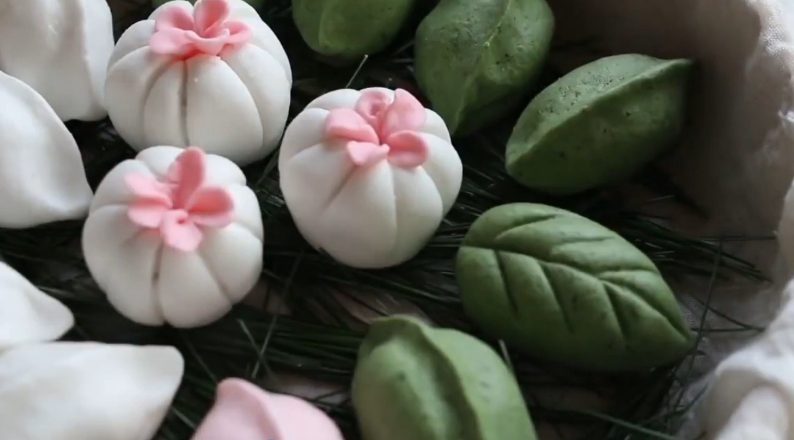
韩国人称中秋节为“秋夕节”。秋夕在韩国是最重要的节日之一。韩国在农历八月十五日这天,最重要的是全家人要团聚到爷爷奶奶家,祭拜祖先,然后一起赏月。韩国独特的中秋食物——松糕,形如半月,用米粉制成,内馅是豆沙、枣泥等,因蒸时垫有松毛而得名。
The Koreans call this day “Chuseok”, which is one of the most important holidays for them. Onthefifteenth day of the eighth lunar month, the Koreans would go to their grandparents’, worship their family ancestors, and appreciate the moon. Songpyeons, or pine cakes, are the Korean traditional food for Chuseok. These half-moon-shaped rice cakes typically contain sweet fillings like red bean paste and date paste. Songpyeons are steamed over a layer of pine needles, and that’s where the name songpyeon comes from — “song” means pine tree.
泰国人把中秋节叫做“祈月节”。泰国首都曼谷市在祈月节前夕就会张灯结彩,热闹非凡。农历八月十五之夜,男女老少都要参拜月亮。既然是过节,美食当然少不了,中秋节前后正好是柚子最好吃的季节,柚子又大又圆,也象征“团圆”。泰国是一个华裔颇多的国家,月饼也是节日美食,融合了当地特产,特别流行榴莲馅的月饼。
The Thai also celebrated the Mid-Autumn Day, and they call it the Moon Festival. Before the festival, everywhere in Thailand’s capital Bangkok will be festively decorated. On the night of the festival, everyone worships the moon. Gourmet foods are of course indispensable for a Festival. At that time,pomelos taste best; the big and round pomelos also stand for “family reunion”. There’re a lot of people in Thailand who have Chinese ancestry, so mooncakes are also a festival food. The mooncakes in Thailand incorporate local features, for example, durians aremadeinto popular mooncake fillings.
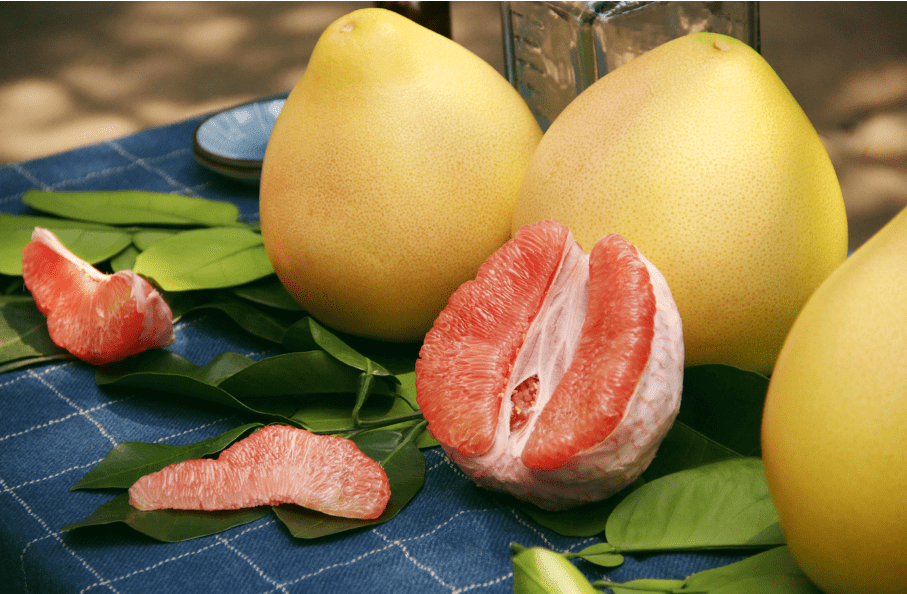
日本人称中秋节为“月见节”。日本人过中秋吃的不是月饼,而是江米做的“团子”,它形状各异,馅儿以豆沙为主。
In Japan, the Mid-Autumn Festival is named Tsukimi or Otsukimi (literally means moon-viewing). Unlike the Chinese, who eat mooncakes to celebrate the festival, the Japanese usually eat eating rice dumplings called Tsukimi dango, which come in various shapes and mainly have red bean paste as fillings.
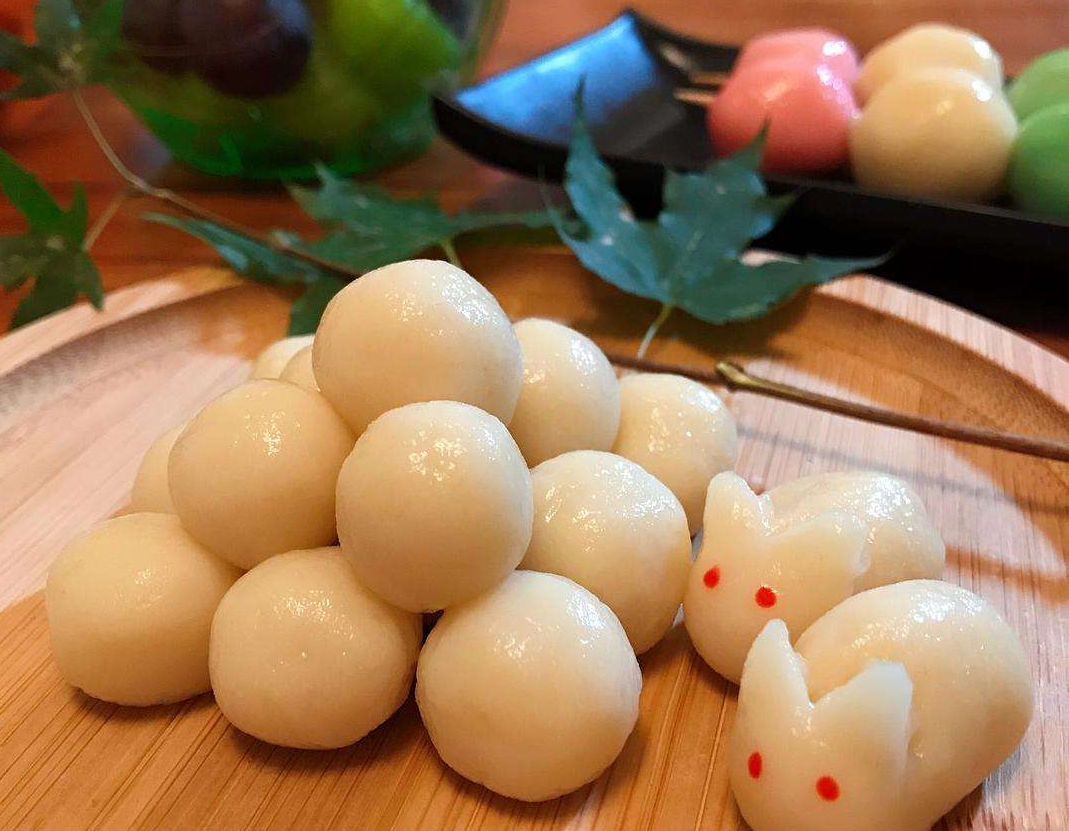
与中国一样,越南人也在农历八月十五过中秋节。所不同的是,这一天同时还是越南“儿童节”。当天,家长们会带着孩子们去游乐场玩耍。
In Vietnam, people celebrate Têt-Trung-Thu (tet-troong-thoo) on the fifteenth day of the eighth month of the lunar calendar. The day is also regarded as the Children’s Festival in Vietnam. On that day, parents would take children to amusement parks.
中秋节可并非都在农历八月十五这天,由于地理位置的不同月圆之日也不同。
Not all “Mid-Autumn Days” are celebrated on the fifteenth day of the eighth month of the lunar calendar. That’s because on different locations, the full moon occurs on different days.
在中国,只有1个中秋节。但是在这个国家,一年要过12次,且每次都放假,它就是热带岛国,印度洋上的“明珠”——斯里兰卡。斯里兰卡的“月圆节”,是按佛历习俗流传的,每月当月亮圆时,就要过一次“月圆节”。
China celebrates the Mid-Autumn Festival only once a year. But in this country, it’s a monthly holiday – Sri Lanka, a tropical island country renowned as the “pearl” on the Indian Ocean. Celebrated on every full moon day of each month, Full Moon Poya Days are important for Buddhists in Sri Lanka who observe the lunar calendar.
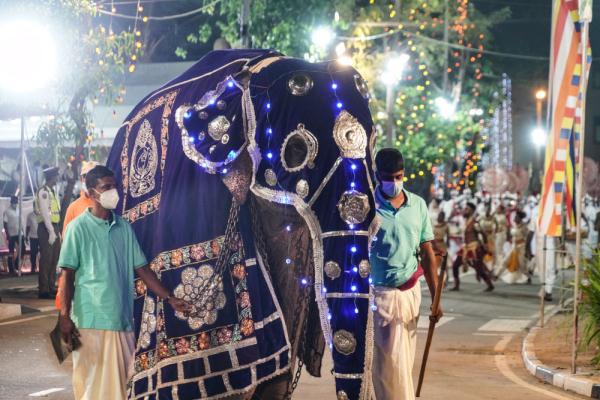
在坦桑尼亚,每当公历九月的月圆之夜是坦桑尼亚的“月圆节”,人们来到空旷处,围成一个个圆圈,默默地坐下,直到月亮高悬空中,人们才打破沉默,并举行庆祝活动,欢度一年一度的节日。
Tanzania’s full moon holidayfalls on the full moon night in September. On that day, people come to an open area, sit in a circle silently, and won’t celebrate the annual holiday until the moon is high up in the sky.
“海上生明月,天涯共此时”。虽然各国举办“月亮节”的时间不一,风俗各异,但都不约而同地传达着人们对自然的敬畏、对丰收的喜悦、对亲情的重视。
A line in a famous Chinese poem reads: “As the bright moon shines over the sea, from far away you share this moment with me.” Although different countries have their own time and customs concerning the “moon holiday”, they share the awe for nature, the joy from harvest and the importance they attach to family.




